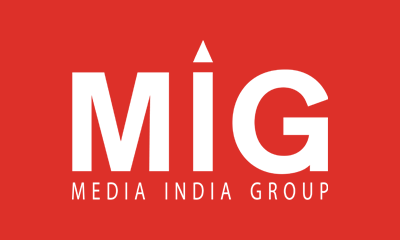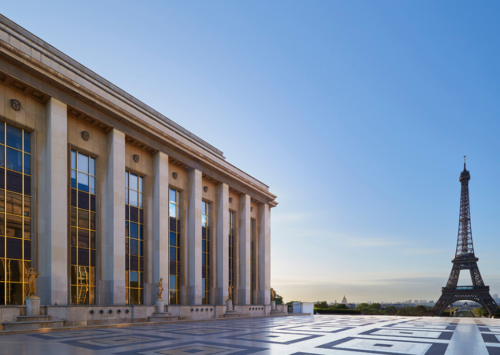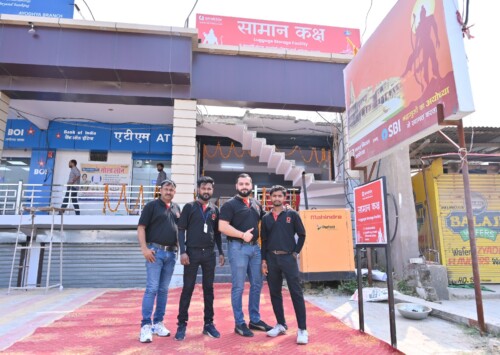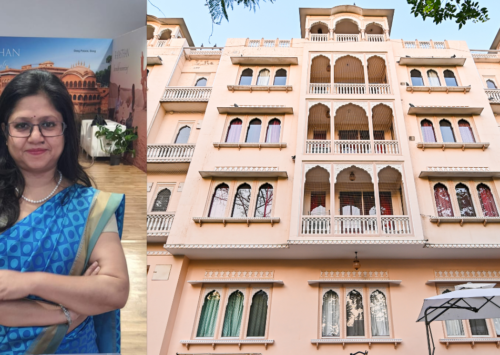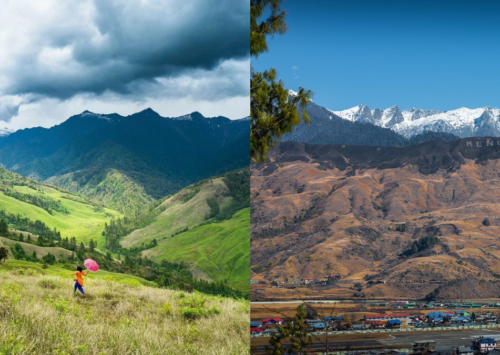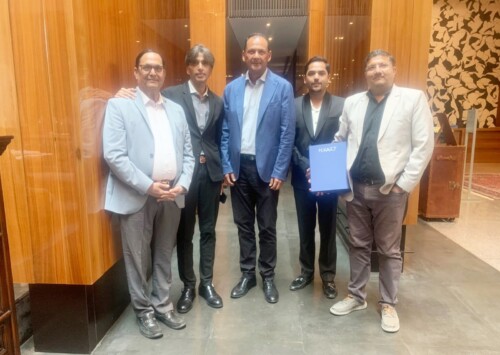India’s ban on news agency social media handles reignites debate on censorship
Opaque takedowns reshape online public discourse
During the India-Pakistan conflict following the Pahalgam terror attack, the Indian government blocked Twitter accounts of Reuters, a leading news agency, and over 2,350 others under Section 69A of the Information Technology Act. The move has intensified concerns about digital censorship, opaque government orders, and pressing threats to press freedom nationwide.
In July, users across India found that the official X (formerly Twitter) accounts of global news agency Reuters, “@Reuters” and “@ReutersWorld”, had been suddenly withheld within India. More than 2,350 other accounts, many belonging to international news outlets or critical voices, were simultaneously removed from public view under Section 69A of India’s Information Technology Act.
The Indian Ministry of Electronics and Information Technology cited ‘national interests’, but the speed and secrecy of the order set off alarms on free speech and digital transparency.
The Section 69A authorises the government to order ‘blocking of public access to any information’ on grounds of sovereignty, security, public order, or diplomatic reasons. The opaque process allows almost any person to request a block, which a government Nodal Officer can escalate. A committee then issues a show-cause notice, usually allowing 48 hours for a response, and only to the intermediary such as an internet service provider or social media platform.
“The interesting thing is, the time granted to oppose any blocking is only 48 hours and this opportunity is given only to the ISP and not the most concerned person, the original creator, author or journalist. The whole proceeding is kept confidential. And the penalty for non-compliance is up to seven years in prison and a fine. The government has never released a full list of blocked content/URLs or the orders/reasons for blocking them. This is a cavalier treatment of your Constitutional right to freedom of expression,” Ali Zia Kabir Choudhary, Advocate, tells Media India Group.
He called the lack of transparency a denial of your right to the natural justice principle of audi alteram partem or no one should be condemned unheard.
India’s digital censorship figures have soared. In 2024, the government blocked a record 28,000 URLs, targeting not just foreign but also Indian media, political dissidents and reportage on issues like hate speech or communal violence.
Social media giants X and Facebook routinely receive urgent takedown orders, often under threat of criminal liability for delayed action. The “Reuters episode” was just the latest in a cycle of expanding controls, in just one example, between January and October 2022, less than 5,000 URLs were blocked, a fraction of the 2024 tally.
Beyond the scale of takedowns lies a more insidious issue, nearly complete opacity. Journalists rarely, if ever, learn why a piece of content is blocked, or who initiated the order.
“About 69A, I feel that it is a little troubling. Because as a journalist it is very difficult to understand the intent behind such takedowns. There is no clarity and the worst part? There is no avenue to question these decisions,” Sujata Sharda, an independent journalist based in New Delhi, tells Media India Group.
She says that even the Supreme Court’s much-cited Shreya Singhal verdict, meant to safeguard free expression by mandating written reasons and committee review, offers little help, since those details are almost never published.
“Honestly, I have not experienced any procedural safeguards. There is barely any transparency about the review committee’s decisions,” Sharda adds.
Only social media platforms or ISPs are served formal notices, not journalists or news creators.
“Stories of public importance or sometimes the ones quite sensitive are often toned down or dropped with a fear of getting flagged. The essence of journalism has been challenged a lot as takedowns create an environment of self-censorship which influences the way one presents a story,” she says.
Not surprisingly, India’s standing in global media freedom has suffered. In 2024, it ranked 159 out of 180 countries on the World Press Freedom Index, scoring well below global norms, with only China and Russia ranking worse among major economies. While 2025 saw a marginal recovery to 151, its core score remains depressed. Reporters Without Borders identifies “opaque censorship,” attacks on journalists, legal harassment, and concentrated media ownership as major factors. New laws like the Telecommunications Act 2023 and Digital Personal Data Protection Act have further tightened the regulatory noose.
Social media platforms now stand at the frontline. In April and May 2025 alone, Indian authorities delivered 62 takedown orders to X via its newly launched Sahyog Portal. Critics argue this digital tool allows even faster, less scrutinised censorship than the law originally foresaw.
The Reuters block itself triggered international outcry, including a rare public statement from X: “On July 3, 2025, the Indian government ordered X to block 2,355 accounts in India, including international news outlets like @Reuters and @ReutersWorld, under Section 69A of the IT Act. Non-compliance risked criminal liability”. X condemned the action, saying it was “deeply concerned about ongoing press censorship,” and was “exploring all legal options”.
The company also claimed that India’s IT Ministry demanded immediate compliance, “within one hour, without providing justification”. Following public outrage, the government reportedly asked X to restore access to the Reuters accounts. Officially, the Ministry denied ordering the blocks, calling it a “technical issue”.
The Reuters incident was not isolated. Other high-profile media, including BBC and Al Jazeera, have faced similar blackout orders in recent years, especially when their reporting probed politically sensitive topics.
“The takedowns have been increasing fast, and not for good. Social media and YouTube receive high volume of government takedown requests regarding content which is not illegal but is simply critical of the government, such as those critical of Covid-19 handling or farm laws. The real purpose this law seems to serve is suppression of dissent and not public safety,” says Choudhary.
“There is no transparency, no accountability, no judicial oversight unlike the United Kingdom or United States where such orders are to be validated by the courts beforehand or shortly after their propagation. The ground of ‘public order’ is simply too broad and can cover almost anything the government would not like. The effect on freedom of expression is chilling, and journalists and society would simply self-censor,” he adds.
In India, public reactions are mixed. While some back strong action to fight “fake news” and bolster security, others question the legality and fairness of sweeping digital censorship.
“The responses have been mixed. I have seen many supporting this decision and others have raised their eyebrows at it. They have questioned this law based on freedom of press and global norms,” Sharda adds.
